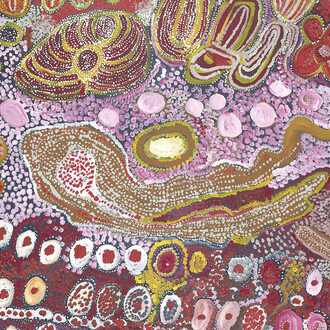Artist's Proof is pleased to announce the group exhibition POP Icons! featuring works by French Sculptor Helder Batista and American Painter John Stango. Highlighting all things POP, John Stango with his distinctive American Muscle Car Style, and Helder Batista's engaging use of found objects within Resin sculpture, these artists carry the Pop Art movement into the 21st Century.
With a worldwide following drawn to his distinctive American Muscle Car style, John Stango (American, b. 1958) builds upon the late 1950’s tradition while incorporating contemporary brands and uniquely American icons, such as Muhammed Ali, Superman, Basquiat, and Audrey Hepburn.
Born and raised in Philadelphia, Stango's family's artistic heritage stems from the famed American artist Norman Rockwell. Those family ties continue to influence him to this day. Stango paintings combine a unique composition of silk-screening and hand painting. Through gestural brush strokes, explosive colors, aggressive textures and juxtaposed images yield distinctive and recognizable canvasses. Stango's paintings evoke a sense of nostalgia while remaining culturally relevant. Drawing inspiration from retro advertising, pop icons, B-movies, mid-century modernism, magazines, noir films, vintage signage and all things pop-culture. His various series from the Stewardess to Political Figures to the deeply rooted Americana figures- each composition is reborn and strategically thought out while remaining true to the Pop aesthetic.
Helder Batista (French, b. 1964) is a self-taught artist who works predominantly in sculptural medium. He describes the genesis of his artistic career as an epiphany, Intrigued by the complexity and potential of everyday objects. In his exploration of materials, Batista discovered that his ‘found’ objects could function as support, medium, and subject, or as self-sustained complete works of art. Batista avoids polluting his found objects even through his curatorial presence, arguing that assigning a value to some over others creates contaminating waste. Instead, Batista sublimates, recycles and allows his materials space to articulate themselves. Often a simple, transparent acrylic mold utilized in works like Lego or Red Shoes is enough of a change in context to infuse everyday objects with artistic poignancy.
In constant communication with Pop art, most of his pieces are intentionally ambiguous. Batista’s work cuts in multiple directions depending on context and audience. His series of Flag Guns, where the form of a revolver is wrapped with a flag and solidified with a fiber rising coat, has multivalent layers of meaning. Batista himself refuses to elaborate his intention of the flags, beyond admitting that he is toying with the power of symbols. Batista’s larger oeuvre explores themes of nonsense, consumerism, globalization, and overconsumption without searching for concrete explanations. By toying rather than pontificating, Batista can be playful while also gesturing at serious dissonances in society.












